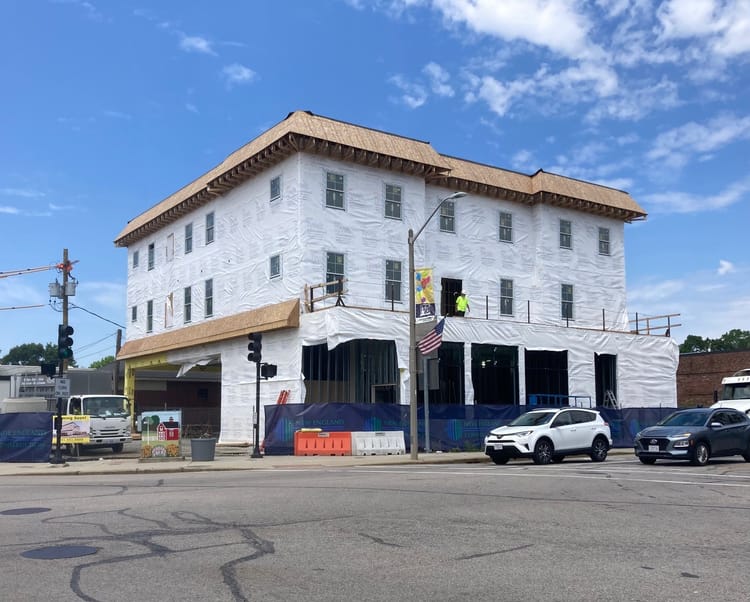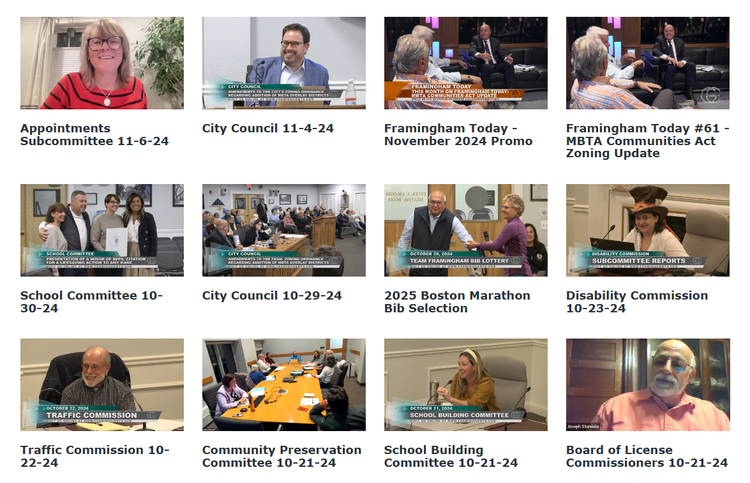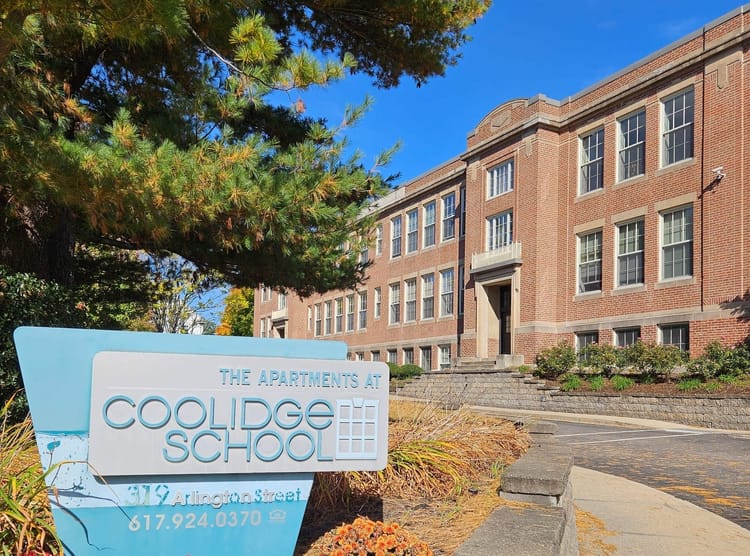Maximizing "Affordability" without minimizing MBTA-C effectiveness

This week's Upzone Update cover article is by Alexis Smith of MAPC, who has been leading their MBTA-C Economic Feasibility Analysis work.
Local implementation of the MBTA Communities zoning law should enable the housing market to better serve a diversity of households by allowing for production of diverse housing types. It’s also an opportunity to address the affordability crisis by increasing the supply of housing, thus tamping down bidding wars on a scarce resource. One plain issue, though, is that the price of new market-rate housing is incredibly steep. This means new construction does not directly create housing affordable to low-income households. This is where inclusionary zoning comes in.
Inclusionary zoning typically requires or incentivizes developers to deed-restrict a share of new housing units as affordable to households at certain income thresholds, set as a percent of area median income. Given high costs of construction, the rents or sale prices of the affordable units do not cover their share of the construction costs; the rents and sales of the market-rate units “cross-subsidize” the affordable units.
The balance of factors such as the price of market-rate units and the costs of construction thus determine the feasibility of an inclusionary policy: If municipalities demand too much affordability, the rents from the market-rate units are not sufficient to support the lower rents from the affordable units. When this happens, development becomes financially infeasible and unattractive to for-profit developers and neither market-rate nor deed-restricted affordable units are built.
The state’s implementation guidelines for MBTA-C zoning stipulate that policies requiring developers to designate at least 10 percent of housing units as affordable to households earning no more than 80 percent of area median income are automatically compliant. The region has a long history of projects remaining feasible under these requirements.
But many municipalities have adopted policies that require more than 10 percent affordable units or require deeper affordability by, for example, making units accessible to households earning less than 60 percent of area median income (AMI). However, since municipalities have a long, well-documented history of using zoning requirements to undermine development of multifamily housing, the state requires some additional documentation from municipalities that want to exceed its thresholds for affordability in their MBTA-C district. These municipalities must undertake an Economic Feasibility Analysis (EFA) to demonstrate that new developments will be able to meet the policy requirements while remaining financially feasible, based on recent market conditions.
An EFA is similar to a development pro forma, a tool used by developers to determine whether a real estate project is likely to be profitable—financially feasible—by assessing dozens of locally specific real estate development variables, such as land prices and asking rents.
The Metropolitan Area Planning Council (MAPC), the regional planning agency for Greater Boston, has completed EFAs for six communities and is working on several more (Everett, for example). Staff at MAPC have also interviewed dozens of real estate professionals, researched inclusionary policies, and studied mixed-income developments. Some key takeaways from these efforts include:
- At a density of 15 units per acre by right, most municipalities can ask for more than 10 percent at 80 percent AMI and still maintain economic feasibility.
- One way municipalities can make deeper/wider inclusionary requirements more feasible is by reducing or eliminating on-site parking requirements. Parking spaces are expensive—as much as $40,000 per space for ground floor parking. For example, in Salem’s 3A district, required parking is 1.0 spaces per unit rather than the 1.5 spaces per unit required elsewhere in the city. This reduction is a large part of why it is feasible for its inclusionary policy to require deeper affordability at 60 percent of area median income.
- It can help to allow flexibility for small projects, which tend to be the most challenging to develop. This could mean allowing a scaled in-lieu fee or requiring slightly less affordability for projects under a certain size.
- The level of affordability that is feasible for a rental project may not be feasible for a homeownership project. Many successful policies target deeper affordability levels for rental projects (60 percent AMI or less) and higher affordability levels (80 percent AMI or more) for ownership projects.
Individual municipalities will have competing priorities when defining their local zoning regulations: greater affordability, mandatory ground- floor mixed use, generation of income through linkage fees, or height limits of a certain threshold. However, even in the most robust housing markets, new development cannot provide every public benefit that a municipality might desire. For zoning to be successful, municipalities must focus on their highest priorities and be flexible elsewhere.
Municipal planners should note that feasibilty analyses, though technical, are not overly complex and assistance is available. It's also important to stress that these feasibility studies can be iterative. If initial affordability requirements prove to be too restrictive, they can be easily adjusted within the Section 3A zoning bylaw or ordinance. Ideally, the feasibility studies will lead to a final MBTA-C zone that meets state guidelines while advancing some level of affordability.
Articles and Events
The Center for Housing Data at MHP released a research brief detailing town-level progress towards implementing MBTA Communities and introducing an analytical approach for evaluating potential development opportunities in new districts.
A CommonWealth Beacon poll from March surveyed 1,002 residents on the MBTA Communities Act. While participants were conflicted on how the law should be enforced, only 20% of those surveyed considered it to be bad policy. Renters, non-white, and younger respondents were more likely to be in favor of the policy.
Abundant Housing MA (AHMA) will be hosting a conversation with Yes for Milton campaigners on Thur. 5/9 from 7-8:30 pm. AHMA will also be hosting its 2024 Lobby Day on 5/29.
Upcoming Town Meeting Dates
Spring is poised to be a very busy time with upwards of 30 municipalities voting on MBTA-C compliance plans at their spring town meetings. At least four communities have their votes next week alone:
- Marshfield (4/22)
- Northborough (4/22)
- Sherborn (4/23)
- Hingham (4/24).
The following week, Wakefield, West Newbury, Rockport, Chelmsford, Andover, and Concord will all have Town Meetings on Mon. 4/29 with Ashland (5/1) and Wilmington (5/4) following close behind.





